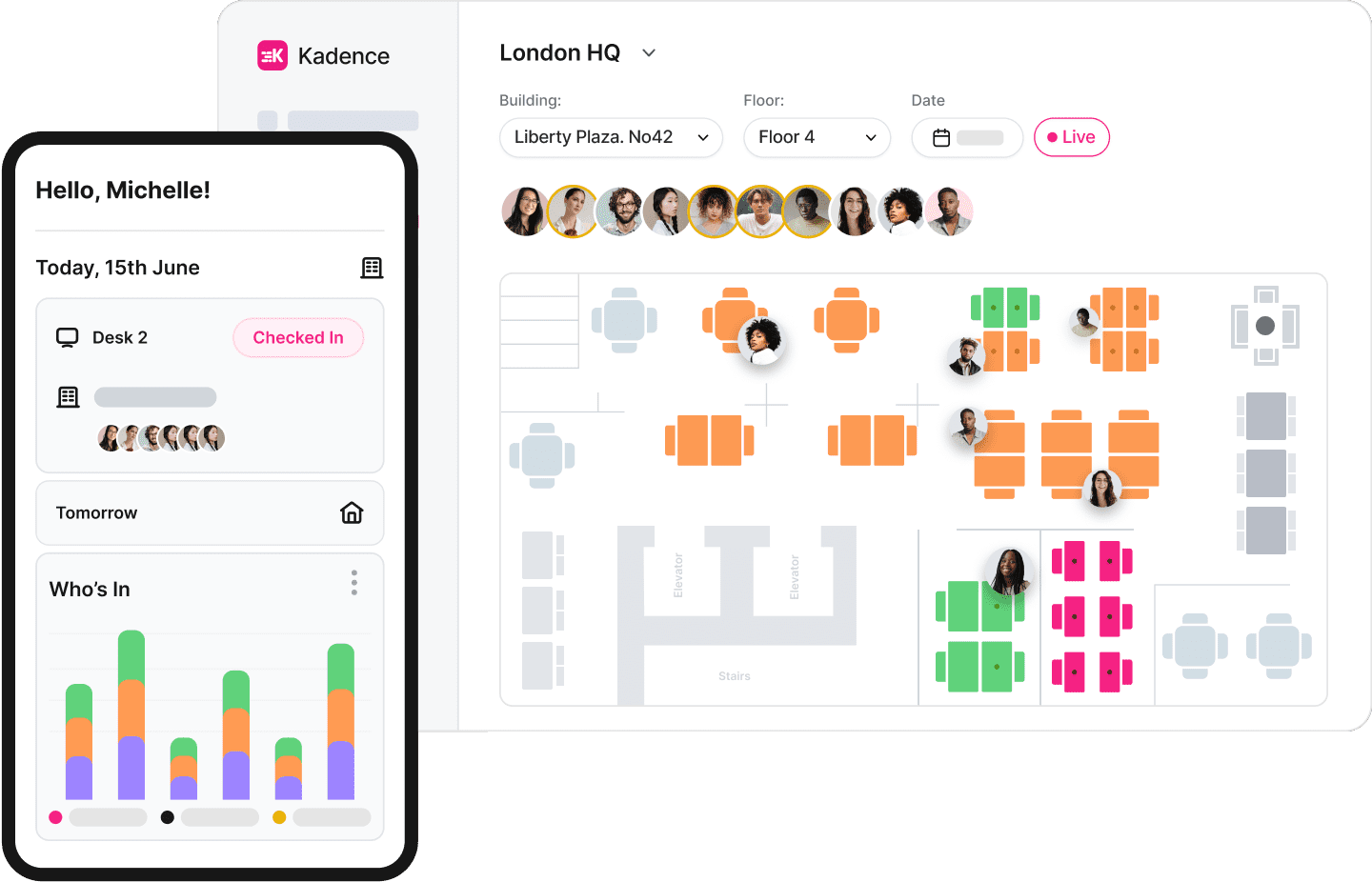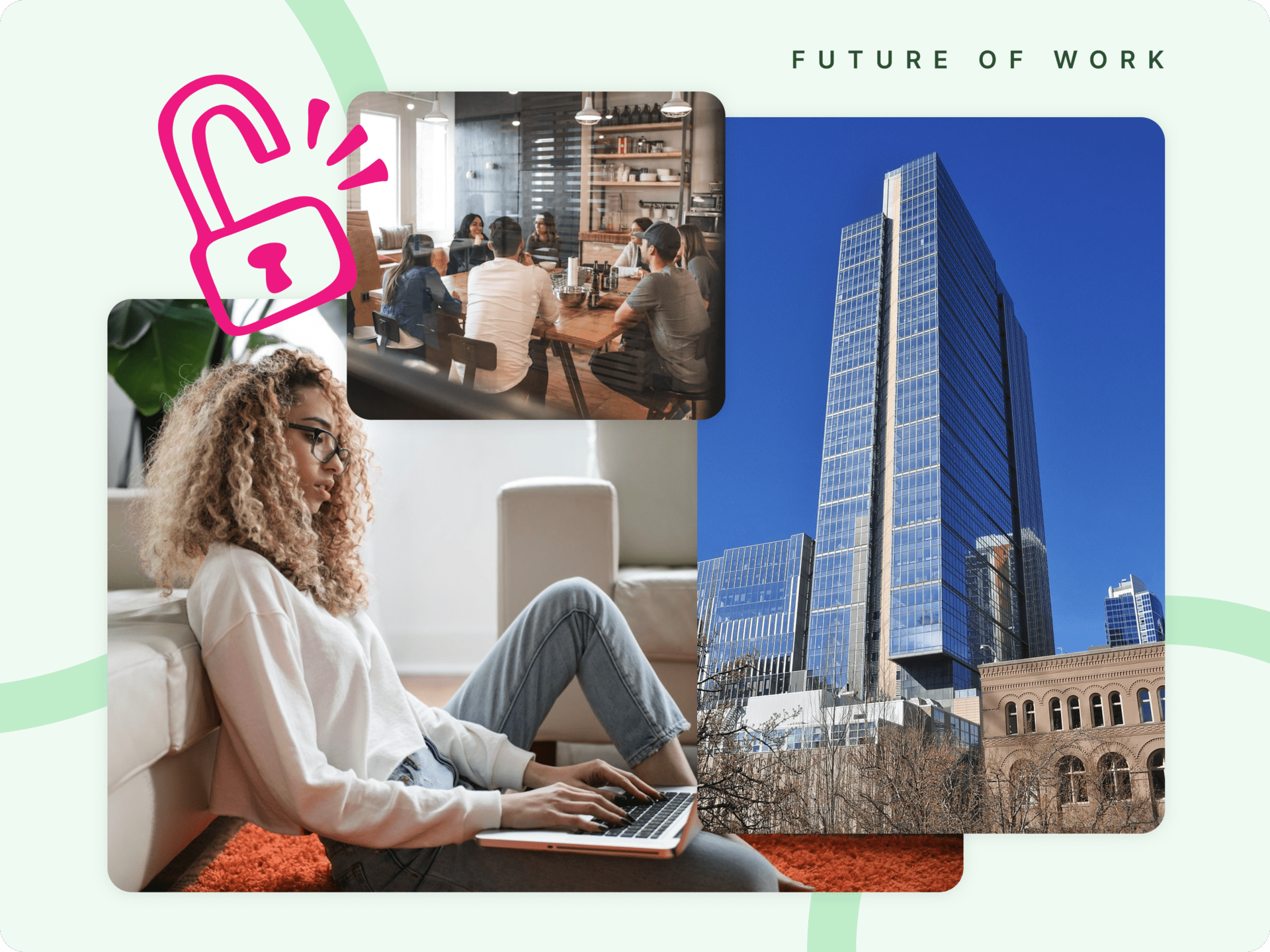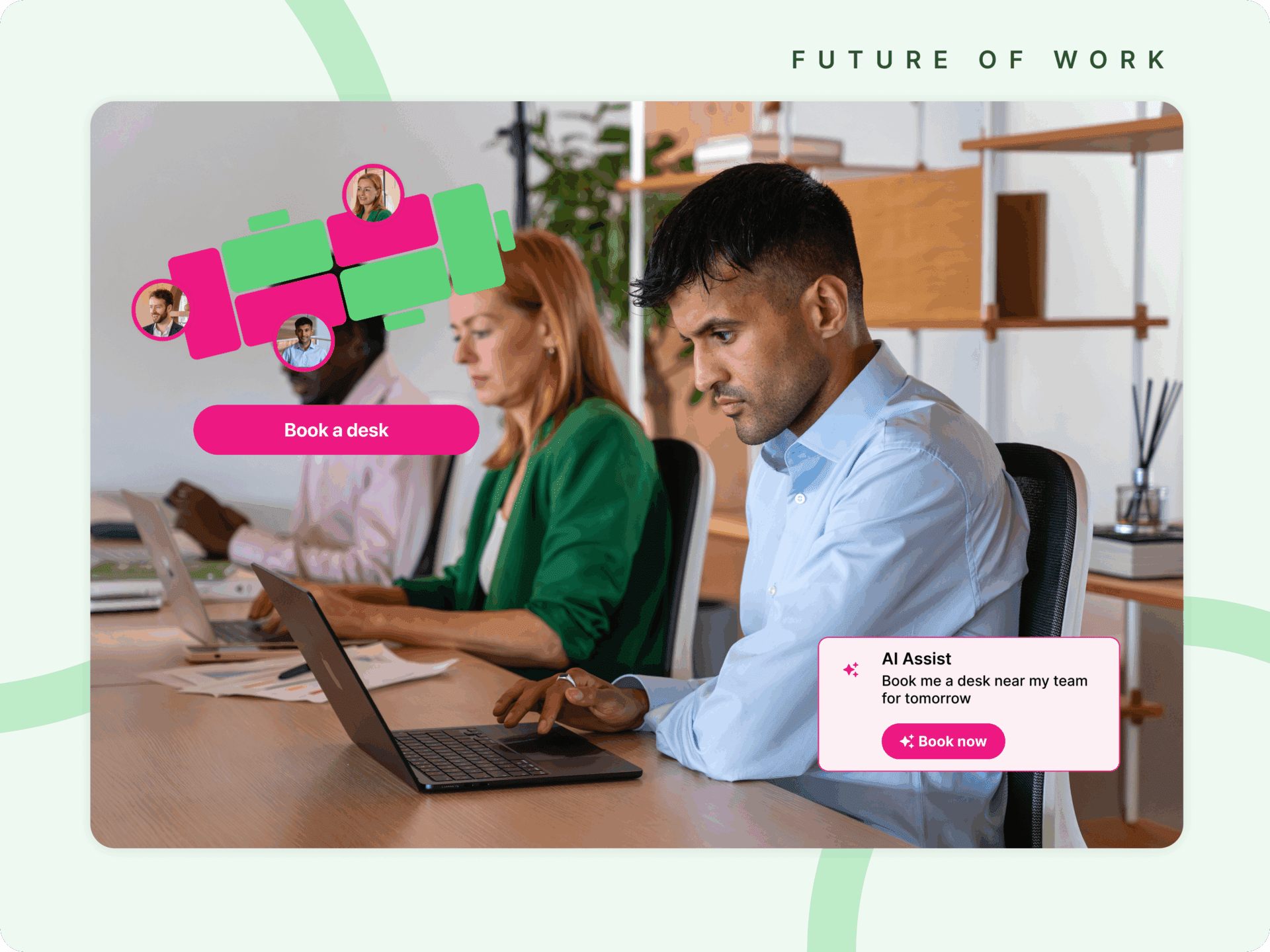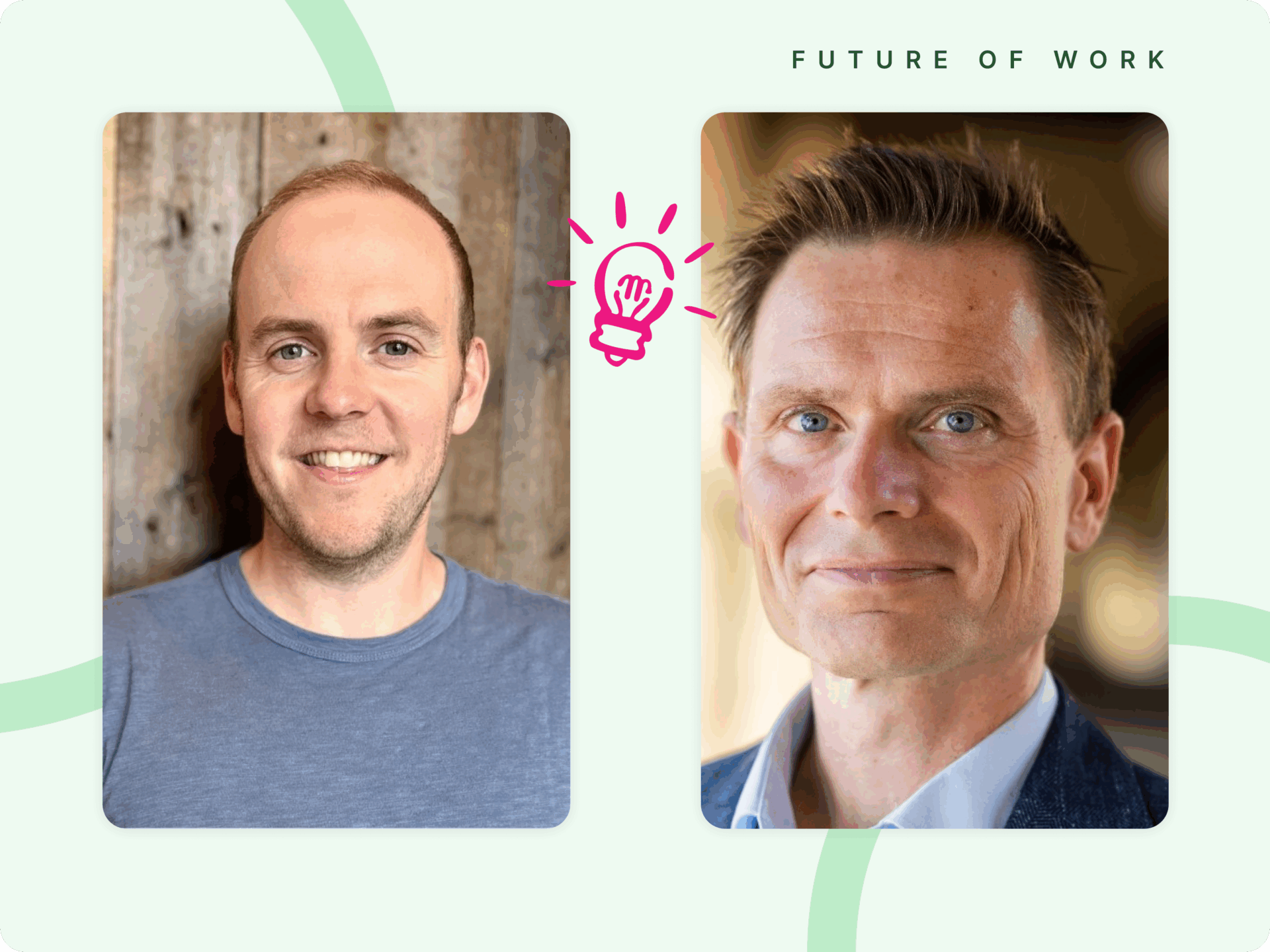The debate around return-to-office (RTO) mandates isn’t cooling down. In fact, it’s heating up—with CEOs and employees often pulling in opposite directions. But while many organizations force a backpedal to pre-pandemic office norms, Zillow is charging in the opposite direction—cementing its commitment to hybrid work. And it’s working.
Zillow’s CloudHQ model is a case study in how hybrid flexibility, when done intentionally, doesn’t just maintain performance—it accelerates it. A digital real estate marketplace company, Zillow helps people buy, sell, rent, and finance homes through a tech-driven platform.
CloudHQ: A Strategic Shift, Not a Shortcut
In 2020, Zillow made a bold call: no mandatory return to the office. Employees embraced the freedom, many relocating to cities far from Zillow’s former office hubs. Rather than force a rewind, leadership leaned into what they were learning from remote work. CloudHQ was born.
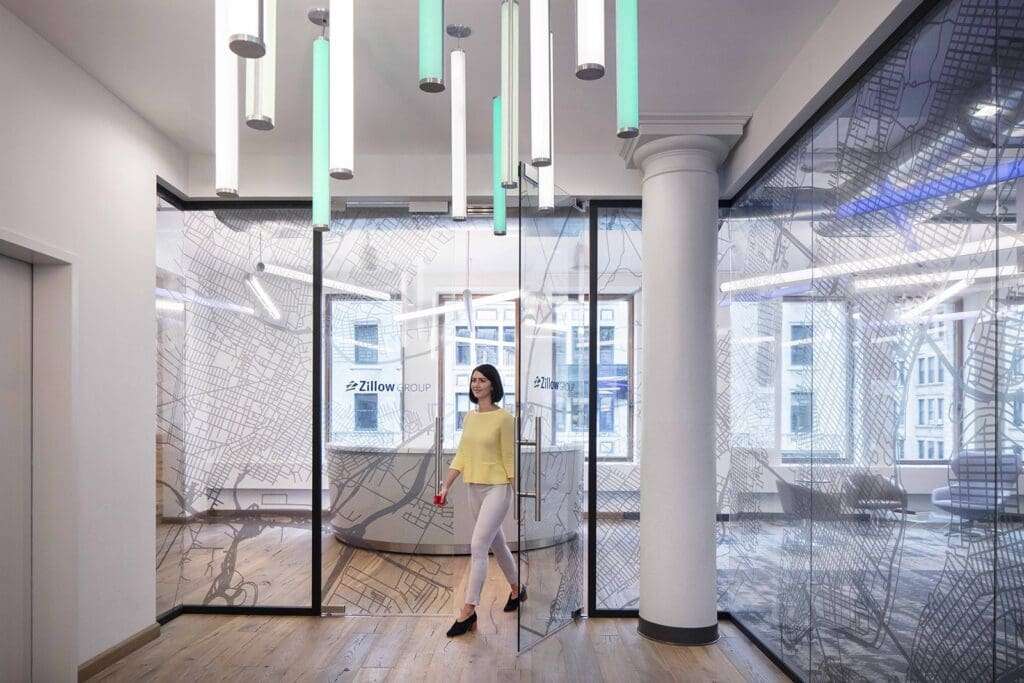
Today, 84% of Zillow’s nearly 7,000 employees are fully remote. The other 16% are tied to compliance-heavy roles or region-based sales positions. What unifies them all? Choice and trust.
This is not about replacing offices with Zoom fatigue. It’s about working smarter, not harder. Zillow has cut its physical footprint from 11 offices to 6, but they’re not going anywhere. These offices are located in major hubs like Seattle, San Francisco, Irvine, and New York, among others. The remaining spaces are used deliberately for collaboration, connection, and what Spaulding calls “Z-retreats”—centrally planned in-person gatherings aligned with product launches, leadership alignment, and team coordination.
The Results Speak for Themselves
It would be easy to assume such a distributed model would hurt productivity or culture. But Zillow is proving the opposite:
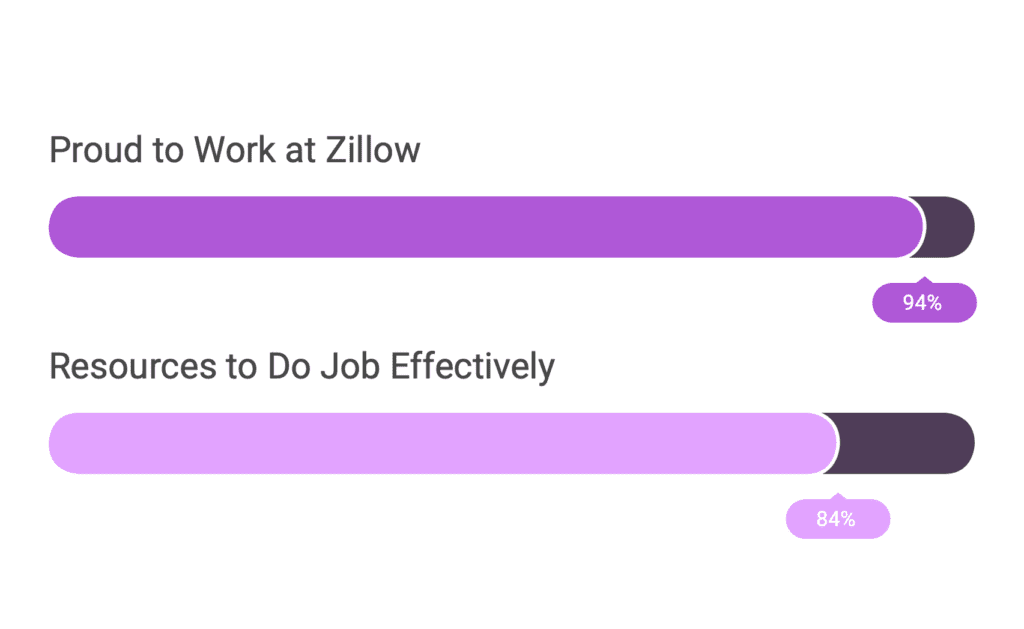
- “We’re in our ninth quarter of outperforming residential real estate. We’re shipping product faster than we’ve shipped product historically. Our voluntary attrition is down.”
- “I have four times the applicants for every job opening that I had pre-Cloud HQ.”
- “94% of our workforce are proud to work at Zillow and 84% believe they have the resources to do their job effectively.”
- “Pre-pandemic, 41% of our employee population were women. Today, 46%… and that’s on a growing headcount basis. That is a huge demographic shift.”

Employee sentiment, speed to market, hiring pipeline, and inclusion metrics are all heading in the right direction. Spaulding credits the company’s philosophy:
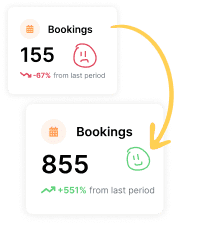
Intentionality is the Competitive Edge
Zillow doesn’t pretend this hybrid work model is easier. It demands discipline around async workflows, structured collaboration, and thoughtful planning. But Spaulding makes the case clearly:
This isn’t just good HR—it’s smart business. And it’s aligned with what research is showing. A 2023 study by Gallup found that employees who have flexibility in where and when they work are 57% more likely to feel engaged. Meanwhile, data from McKinsey revealed that flexible working arrangements were a top three reason people took a new job in 2022.
Why This Matters for the Future of Work
In a time when control is being disguised as culture, Zillow is showing what modern leadership actually looks like in hybrid work. It’s about trust, accountability, and adaptability.
As Spaulding says:
At Kadence, we’ve always believed hybrid is more than just a work model—it’s a culture model. Zillow and CloudHQ is proof that with the right tools and intentional design, flexible hybrid work can be a superpower.
If you’re looking to build a hybrid workplace that boosts retention, increases performance, and unlocks your team’s potential—Kadence can help you get there. Book a demo with one of our hybrid experts today.
